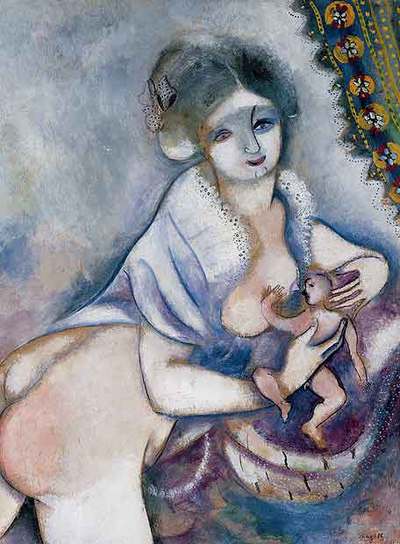The Museo Thyssen-Bornemisza, Madrid is presenting the first monographic exhibition in Spain on the Impressionist painter Camille Pissarro (1830-1903), 4 June to 15 September 2013. The exhibition brings together 80 works loaned from numerous museums and collections world-wide, including a famous palette on which the artist painted a rural scene using all the colours of the spectrum. Landscape, the prevailing genre within Pissarro’s oeuvre, provides the focus of the exhibition, which is organised chronologically around the different places in which the artist lived and worked. While Pissarro spent most of his life in villages such as
Louveciennes, Pointoise and Éragny, the last two rooms in the exhibition are devoted to the urban views that he painted in the last decade of his life, including his numerous depictions of Paris, London, Rouen, Dieppe and Le Havre.
Curated by Guillermo Solana with Paula Luengo as technical curator and produced by the staff of the Museo Thyssen-Bornemisza, this exhibition will firstly be shown in Madrid, from 4 June to 15 September, after which it opens on 15 October at the CaixaForum in Barcelona.
The catalogue includes an essay by the curator, a lengthy chronology by Paula Luengo and two texts by the leading specialists on Pissarro: Richard R. Brettell and Joachim Pissarro (a descendant of the artist).
“Humble and colossal”, as his friend Cézanne described him, Camille Pissarro is undoubtedly the fundamental figure within Impressionism but at the same time the least recognised. Cézanne himself said: “[…] perhaps we all come from Pissarro. He had the good fortune to be born in the Antilles, where he learned to draw without a teacher. He told me so himself. By 1865 he had already eliminated black, dark brown, Sienna earth tones and ochres. It’s a fact. ‘I only painted with the three primary colours and their immediate derivatives’, he told me. As a result, Pissarro was the first Impressionist.”
It was Pissarro who, in 1873, wrote the statutes of the artists’ group that was about to launch its group exhibitions. He was also the only artist of the group to take part in all eight exhibitions between 1874 and 1886. However, Pissarro’s career would be overshadowed by the resounding success of his friend and fellow Impressionist Claude Monet. The present exhibition sets out to restore his reputation, not just as the “first Impressionist” but also as the master of the pioneers of modern art.
The Master
Camille Pissarro has been described as the “doyen” or “patriarch” of Impressionism due to the fact that he was eldest of the group (older even than Manet) and the one who exercised the most authority over the younger painters, making him something like the “master of painters”. His friend, the painter Mary Cassatt, wrote: “He was such a good teacher that he could have taught stones to draw correctly.” As Richard R. Brettell has noted, Pissarro was a bridge between the great, mid-19th century French painters and the Post-impressionists of the late century. His uniqueness lies in his closeness to his “followers” and the fact the he also learned a great deal from them.
Two great pioneers of modern art, Cézanne and Gauguin, were to some extent pupils of Pissarro: they spent periods working with him and learned a great deal from his advice and his example. Pissarro taught Cézanne the Impressionist technique when they painted together on the banks of the Oise around 1873 to 1874: “Old Pissarro was a father to me. He was a man to consult and something like the good Lord.” He was followed by Gauguin who came to know him, first as a collector and then as a disciple, inheriting his sensibility to rural life. Seurat also benefited from his support, as did Signac and the young Neo-impressionist painters. In May 1886 it was Pissarro who included them in the final Impressionist exhibition and exhibited his work alongside theirs in the same room. In fact, after meeting Seurat in 1885, Pissarro converted to Neo-impressionism and was the only one of the founders of the group to adopt the new method, popularly known as “Pointillism” or, more accurately, “Divisionism”. The influence of this method persisted in his work until 1890, after which he returned to an Impressionist type of brushstroke.
The Painter of Nature
From the time the Impressionist group first emerged, critics considered Pissarro to be a rural landscape painter, contrasting him with the Parisian sophistication of Monet and others. It was the critic Théodore Duret who expressed this most overtly: “I continue to think that agrarian, rural nature with animals is the type that best suits your talents. You do not have Sisley’s decorative feel or Monet’s marvellous eye; but you have something that they do not have, an intimate, profound sense of nature and a power of the brush that means that a good painting by you is something absolutely solid. If I had to give you a piece of advice, I would say, ‘Don’t think about Monet or Sisley, don’t worry about what they are doing, pursue your own direction, follow the path of rural nature. In a new way you will go further and higher than any other master’.” Thus, as Monet, Renoir and Sisley’s landscapes generally depict scenes of bourgeois leisure activities, Pissarro’s, by contrast, generally focus on rural labour, either explicitly or implicitly. Rather than painting meadows he preferred ploughed fields, and rather than decorative gardens he opted for vegetable plots that were frequently inspired by the one attached to his own house.
In one of the first texts on Pissarro’s art, Émile Zola discussed his paintings in the following terms: “In them one hears the profound voices of the earth and feels the powerful life of the trees.” More than a decade later the critic Charles Ephrussi wrote: “These paintings on rural life echo the toils and travails of harsh, rural labour; Pissarro’s brush seems like a hoe that struggles to move the earth.” The grooves and textures of the tilled soil are expressed in the very surface of the painting itself.
If there is a prevailing motif in Pissarro’s painting it is the road. Roads, village streets and modest paths that cross the fields invite the viewer to enter the pictorial space. On occasions this motif is depicted as a straight line while on others Pissarro lingers over a path that borders a market garden or the bend in a road, all elements that function to increase the work’s visual potential. In some paintings it is a river that functions as a road, once again introducing the spectator into the picture. Later, and in his urban views, Pissarro focused on large avenues presented perspectivally, such as his views of the Boulevard Montmartre or the Avenue de l’Opéra.
As Richard R. Brettell has noted, Pissarro’s painting cannot be seen as solely an exaltation of rural life: from an early date the artist also focused to a considerable degree on industry in the landscape, as is evident in his views of the outskirts of London and his paintings of factories in Pointoise and its surroundings.
The Urban Series
Boulevard des Italiens, Morning, Sunlight, 1897
After decades painting the rural and semi-rural landscape, in the 1880s Pissarro began to explore the urban scene, and the final phase of his career (1893-1903) is dominated by his city views of Paris, London, Rouen, Dieppe and Le Havre. Like Monet, his extremely extensive output can be organized into series, such as those on the Gare Saint-Lazare and its surrounding area, the Boulevard Montmartre, the area of the Avenue de l’Opéra, the Tuileries Gardens, the Pont-Neuf and the Louvre. In a letter he wrote enthusiastically about “these Paris streets that are generally called ugly but which are so silvery, luminous and alive.” In 1896 and again in 1898 he lived in Rouen where he painted the city’s bridges and the new industrial areas of this Gothic city. In July 1903 Pissarro painted his last series on the bridge at Le Havre, where he had arrived almost fifty years before on a steamer from South America.
Avenue de l'Opéra, soleil, matinée d'hiver
A Brief Autobiography
“This is my biography: born in St-Thomas (the Danish Antilles) on 10 July 1830. I came to Paris in 1841 where I was a pupil at the Savary boarding school in Passy. In late 1847 I returned to St-Thomas where I started to draw while working in a trading house - in 1852 I gave up business and left with the Dutch painter Fritz Melbÿe for Caracas (Venezuela) where I remained until 1855 [when I returned to Paris] in time to spend three or four days at the Universal Exhibition. From then on I lived in France. With regard to the rest of my story as a painter, it is linked to the Impressionist group.” (Sent from Éragny to Durand-Ruel on 6 November 1886).






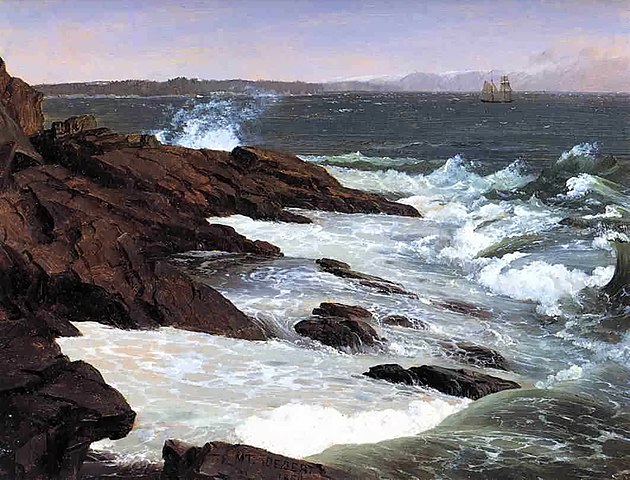



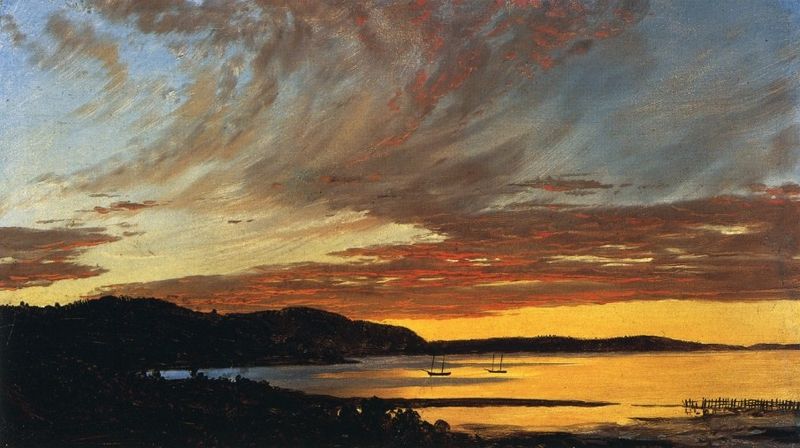

.jpg/800px-Flaming_June%2C_by_Fredrick_Lord_Leighton_(1830-1896).jpg)
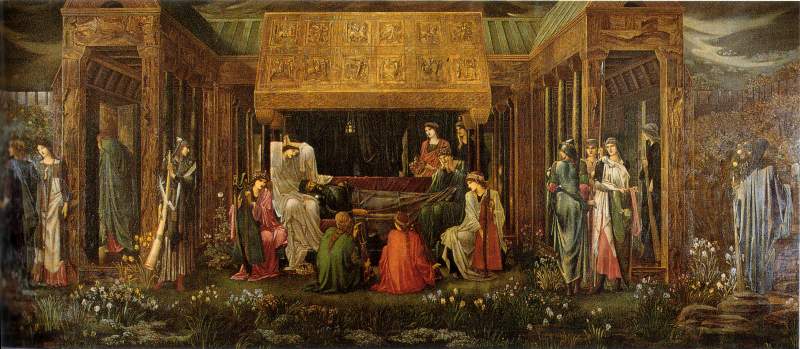

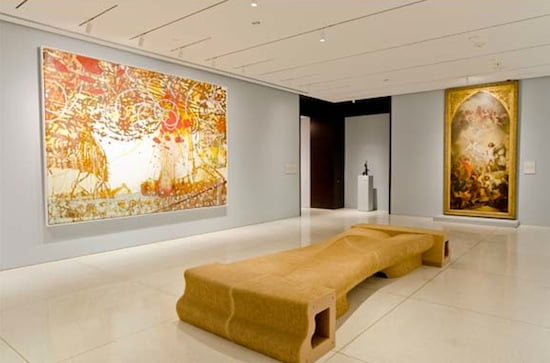




.jpg!Large.jpg)









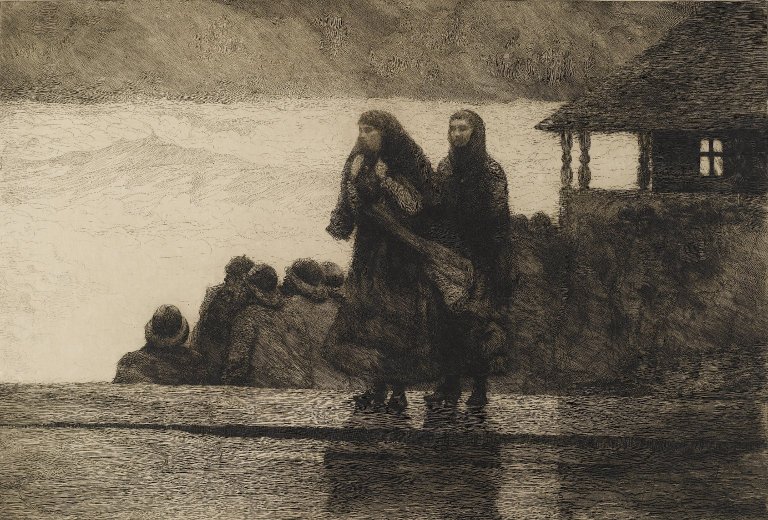





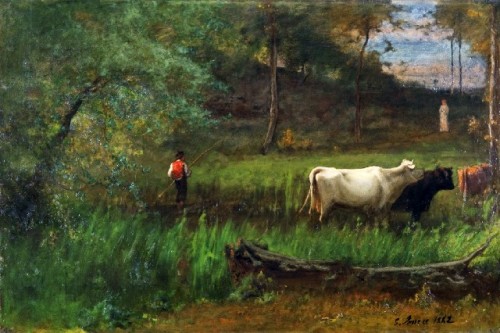

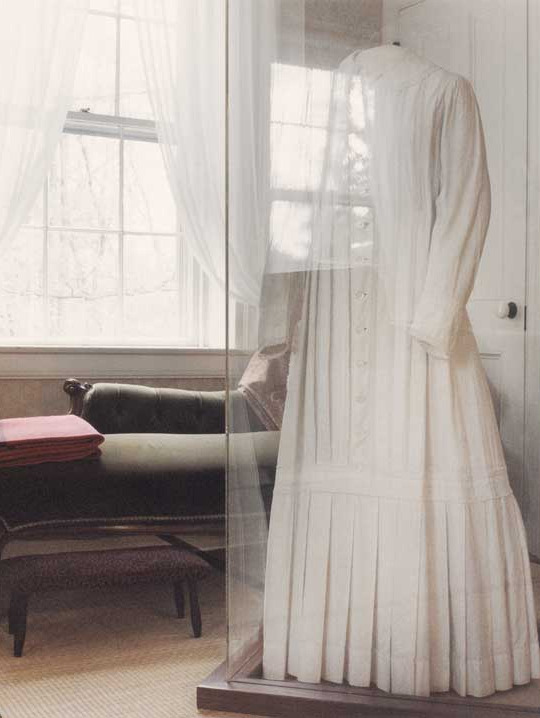













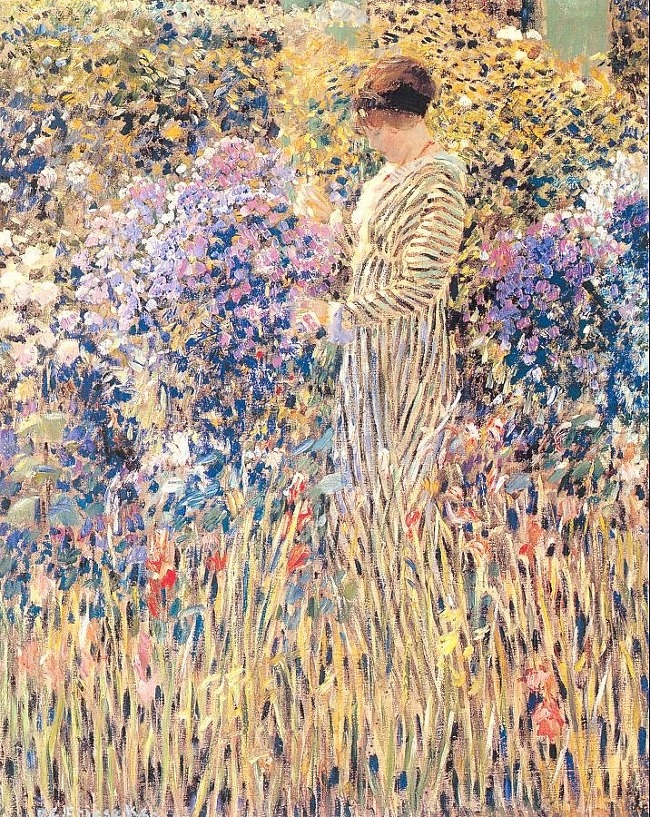













++Geraniums.jpg)


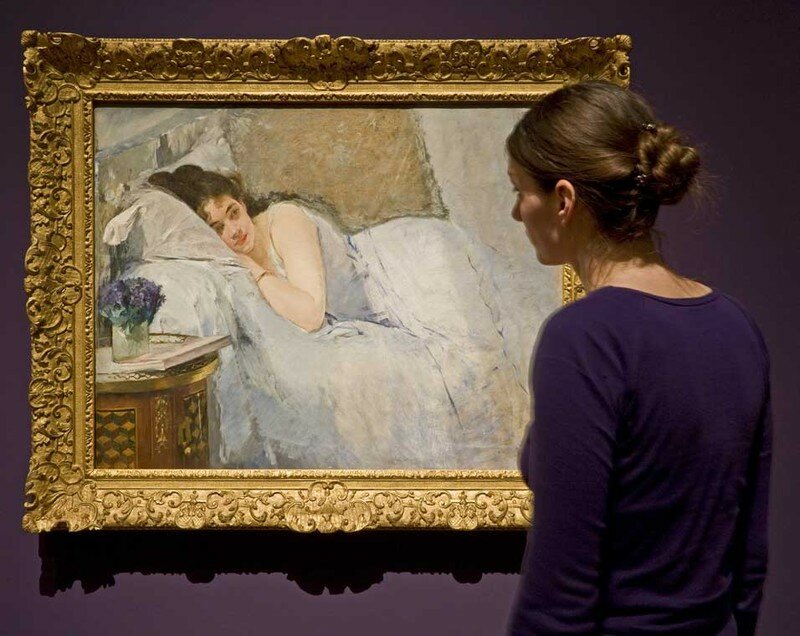

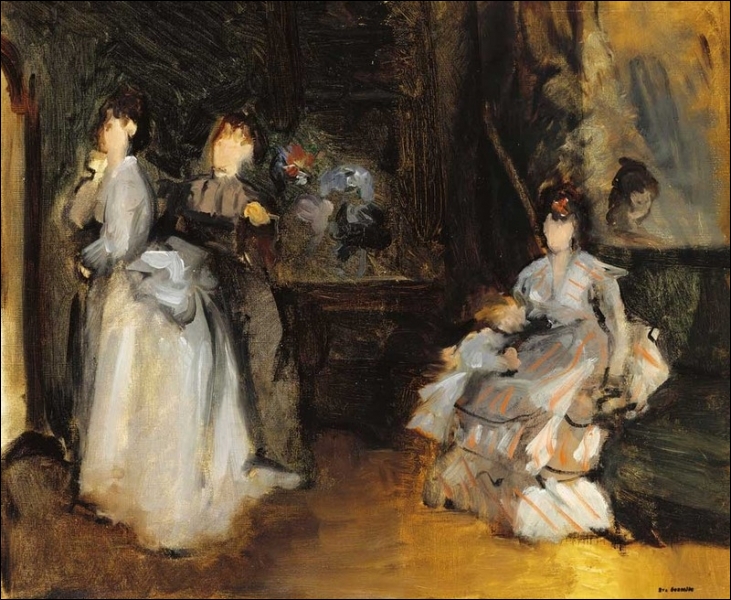


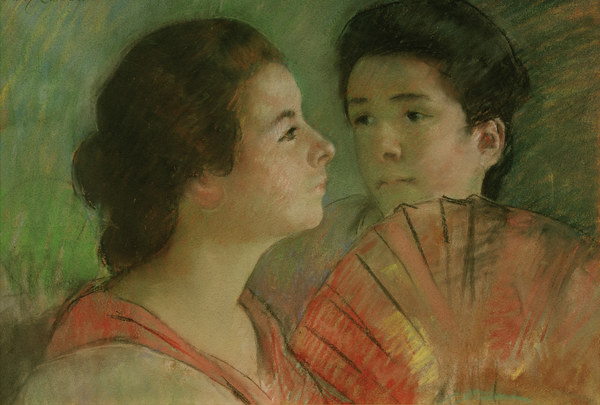
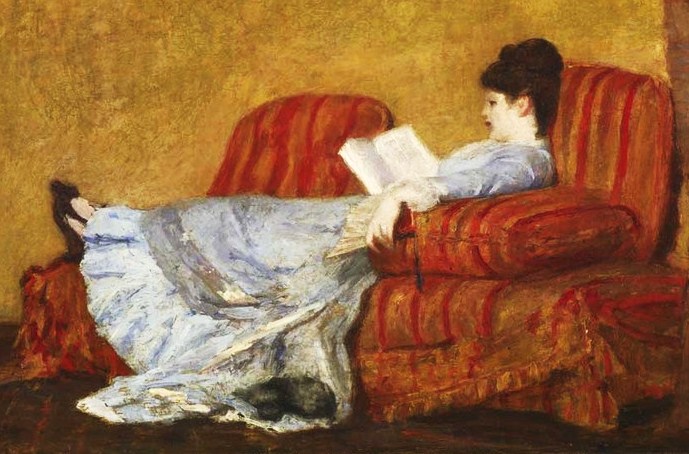



















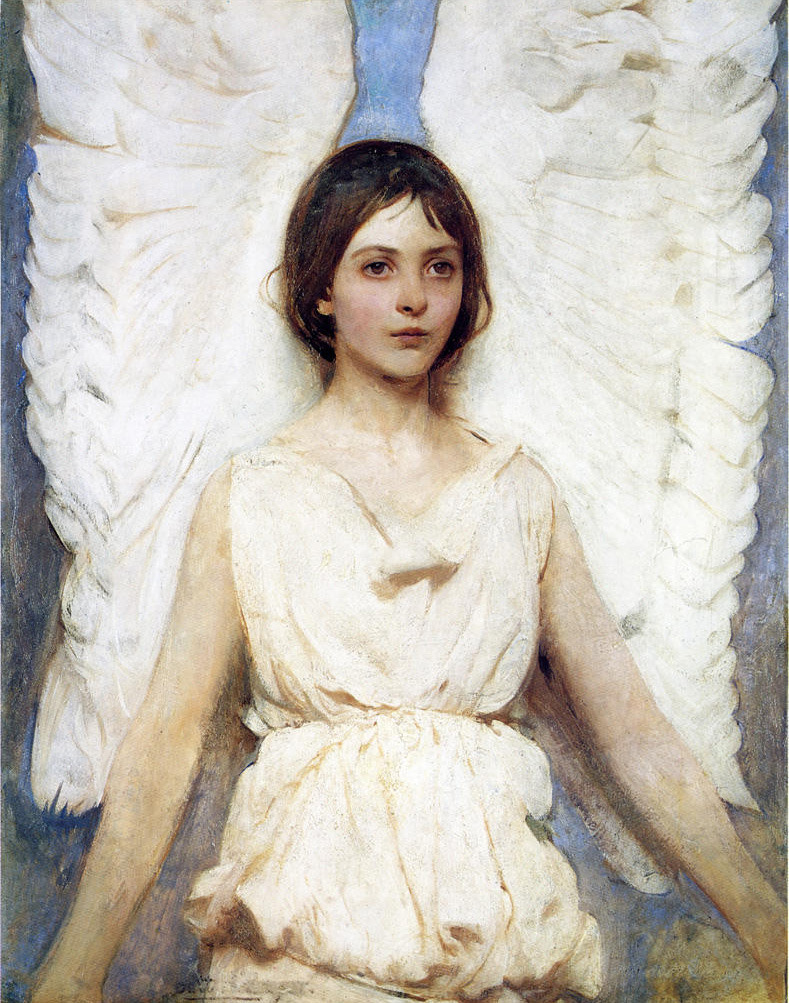


%20%20%20Lotus%20Lilies%201888._thumb.jpg?imgmax=800)










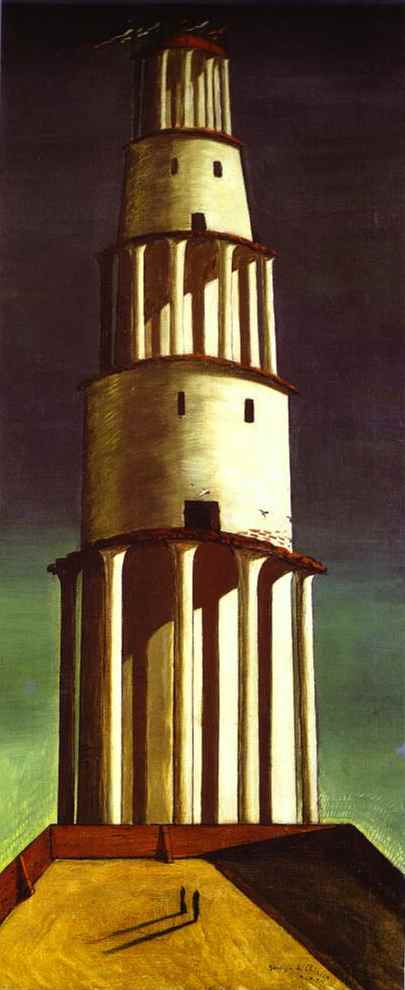










,_1879_-_Google_Art_Project.jpg/646px-Pierre-Auguste_Renoir_-_Portrait_of_a_Young_Girl_(Elisabeth_Ma%C3%AEtre),_1879_-_Google_Art_Project.jpg)







